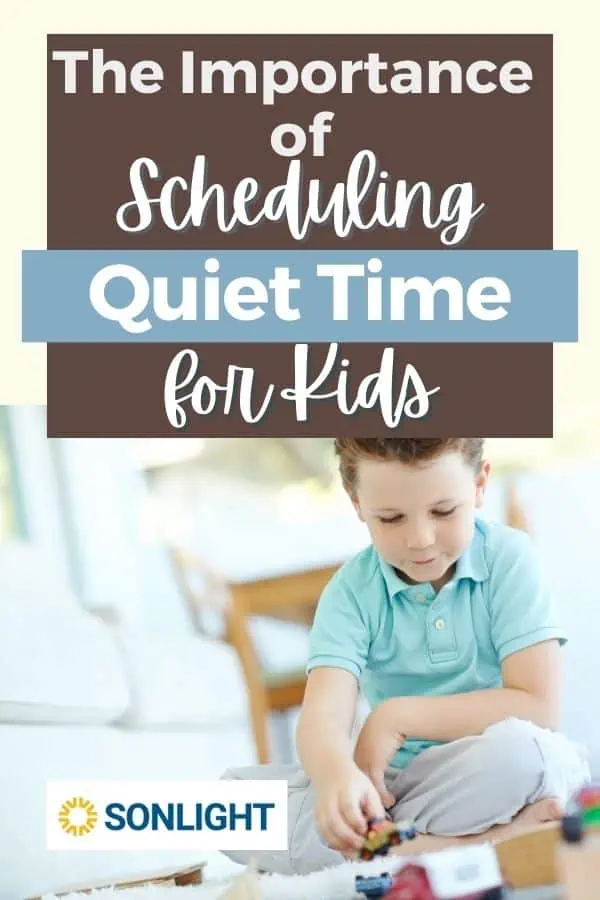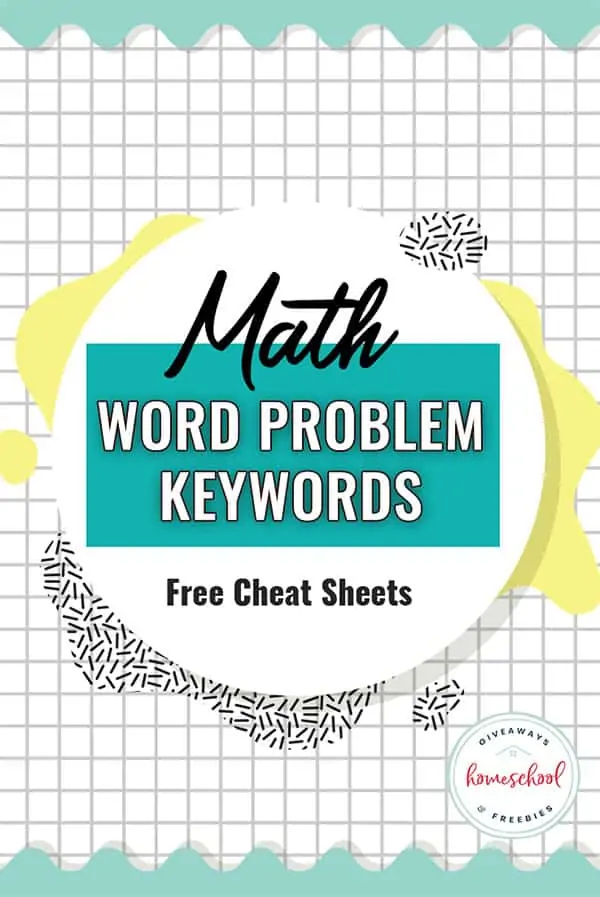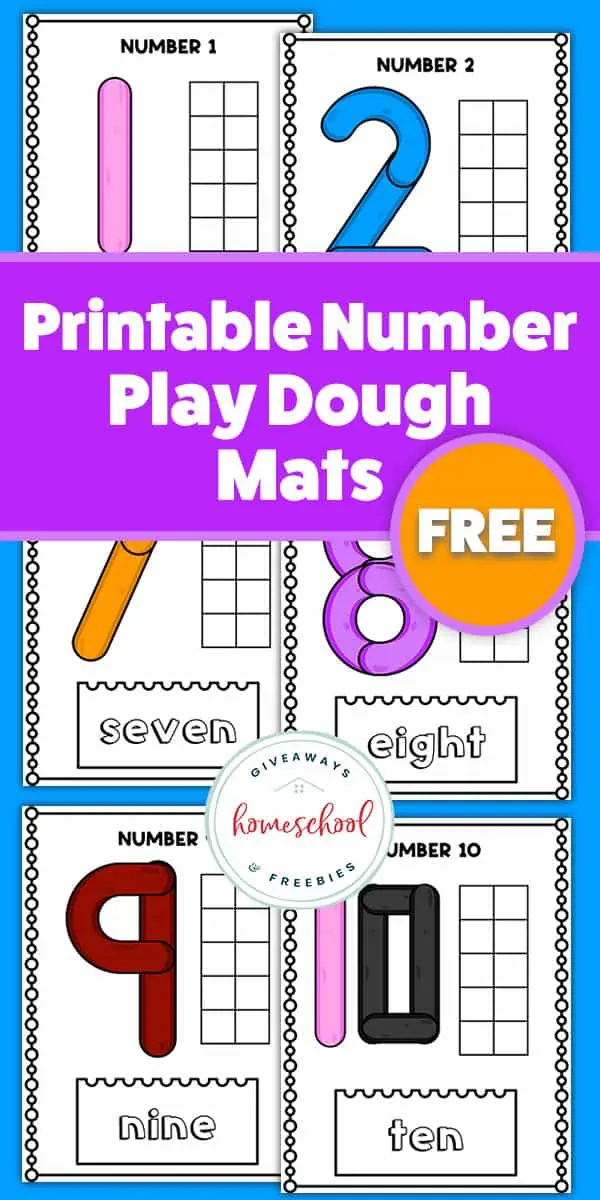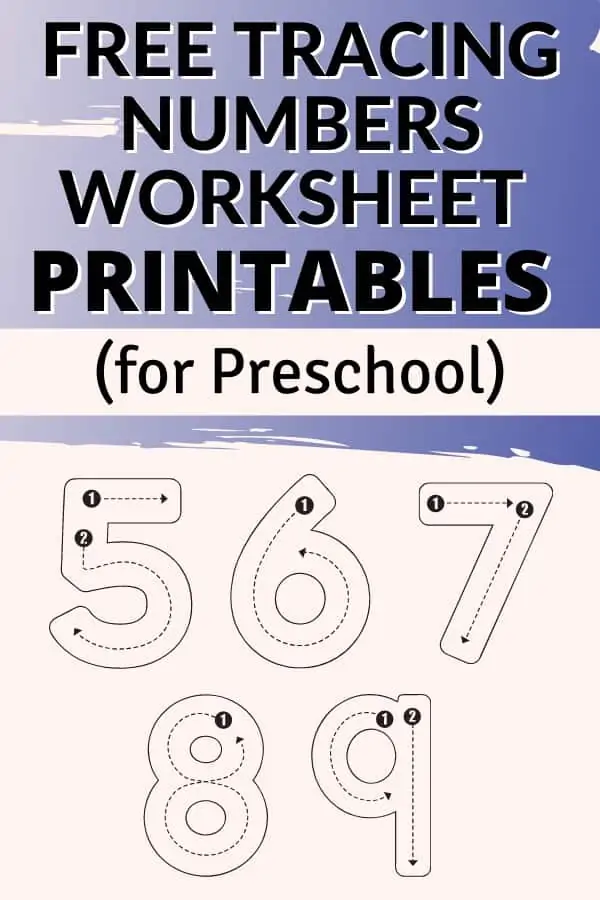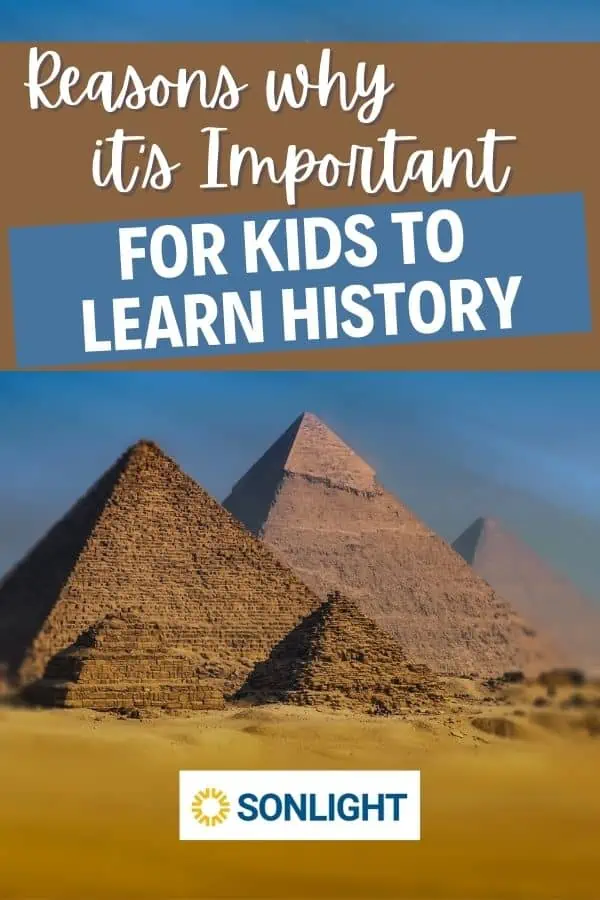Using Living Books to Teach Math Lessons & Review
Published:
September 19, 2023

Contributor:
Abby Banks
Disclosure: This post may contain affiliate links, meaning if you decide to make a purchase via my links, I may earn a commission at no additional cost to you. See my disclosure for more info.
Did you know that you can use living math books for an engaging math education in your homeschool? Most of us would never think that math could be anything except dry, boring textbooks with lots of repetition. But you can help foster a love of learning – yes, even math! – when you use living books to teach math lessons or review math concepts with your kids. Here’s how.
Living Math Books
A Charlotte Mason approach emphasizes the importance of using living books rather than textbooks. These living books show math principles in everyday life situations, which makes math very relatable and understandable to kids. So as you’re looking for these engaging math resources, here’s how to find them.
What are Living Math Books?
A living education, especially in a Charlotte Mason homeschool, is one in which the emphasis is on the learner who is actively engaged in the process rather than the on the facts learned. So when you can learn math concepts from living math books rather than traditional textbooks, you can see how math is connected to real life.
Explained another way, living math books make math accessible to students rather than staying abstract. They do this through real-life stories, puzzles, hands-on activities, and relatable narratives.
How Can Using a Living Book for Math Help?
If you have a homeschool math curriculum you already use and love, you can still use a living book for supplemental math help. If your children get stumped on certain mathematical concepts or you’re afraid they’re behind in math, look at our lists below and use a living math book for additional support.
Living math books can also provide a great resources during certain times of the year when you need a different approach or feel burned out with your regular program.
Incorporate Living Math in Your Homeschool
You can incorporate living math into your daily life by showing the practical application of math skills to your kids. From baking to building to calculating speed, distance, or interest rates, you can show your kids the mathematical connections between math learning and real life.
This usually motivates and engages kids when they can see a specific purpose for learning math.
Using math manipulatives along with these books is a great way to help your kids understand the concepts. Many visual learners will do well with math DVDs that provide another way to interact with new math ideas.
Reading Books to Learn Math
A living math approach may seem counter-intuitive. Isn’t math supposed to be filled with drill-and-kill worksheets and flashcards? But real math is all around us in the real world, and the Charlotte Mason method provides a helpful approach to seeing subjects as connected rather than singular.
Plus, when your kids can engage with math using hands-on activities, they far more likely to understand the concepts and retain them. So, yes – consider reading books to learn math!
Best Living Math Books
Your local library may have some of these awesome books. Between colorful illustrations to a great story line, these are some of the best living math books to add to your homeschool book list.
Mathematics: An Instrument for Living Teaching by Richele Baburina – This is not a curriculum, but rather a helpful overview of how to use a Charlotte Mason approach when teaching math in your homeschool.
The Wonderful World of Mathematics by Lancelot Hogben – Originally published in 1955, this classic work dives into the history of mathematics and why math matters in real life.
Arithmetic Can be Fun by Munro Leaf – Your kids will learn the basics of arithmetic in a fun way with this book. This is another classic book and was published in the 1940’s.
The Grapes of Math by Greg Tang – The vibrant illustrations combined with riddles and visual clues will help your kids learn how to group numbers for quick counting. It’s a helpful book for kids ages 5-9.
Sir Cumference Math Books Series – These fun geometry books will captivate your kids as Sir Cumference, Lady Di of Ameter, and their son Radius make math accessible for all your learners. Don’t forget to grab some free resources to use with the Sir Cumference living math books.
Life of Fred Series – This series presents math as a narrative story as your kids walk through real-world problems solving with the main character, 5-year-old math prodigy Fred. You can get an inside peek into the Life of Fred Series and learn how to use Life of Fred successfully in your homeschool.
Living Math Books for Addition
When you can connect a real-life story to math, kids are engaged. Here are some great living math books for addition that will have your kids begging for more.
12 Ways to Get to 11 by Eve Merriam – Here’s a cute counting adventure picture book for your youngest learners. Learn how to count to 11 in many imaginative ways.
Dealing with Addition by Lynette Long – This book introduced kids to playing cards, and all the while they’re learning addition without even knowing it! Your 5-8 year olds will have lots of hands-on experience with addition by using this book.
Domino Addition by Lynette Long – Of course math can be fun when you use dominoes to learn addition! Instead of simply memorizing math facts, your kids can use dominoes to see math in action.
Sea Sums by Joy N. Hulme – Your kids can practice adding and subtracting with beautiful rhymes and illustrations about sea animals. Perfect for your animal-lovers.
So Many Cats! by Beatrice Schenk de Regniers – Cat lovers get reading for a charming living book! One cat turns into twelve in this counting story.
Living Books for Subtraction
Continue with the math fun with these living books to help your kids learn subtraction.
Animal Word Problems Starring Addition and Subtraction by Rebecca Wingard-Nelson – Learn different methods used to add and subtract in this book that features fun animal examples. In fact, your kids won’t be confused any more with how to solve word problems once they read this book.
One, Two, Three, and Four. No More? by Catherine Gray – Cute rhymes and cute elephants help kids learn to understand simple number facts up to four. Enjoy the beautiful watercolor illustrations and use as a read-aloud with kids as young as 3.
Ready, Set Hop by Stuart J. Murphy – Second through fourth graders will get a kick out of building equations using the antics of frogs Matty and Moe. This living book teaches math through visuals and story and includes additional activities you can do with your kids.
The Action of Subtraction by Brian P. Cleary – Hilarious illustrations combined with funny rhymes help guide your children into the world of subtraction. They’ll be able to understand it because they’ll be able to see it!
Living Math Books for Fractions
Once your kids can see what fractions are in then real world, then they’ll be able to grow their logical thinking and math skills. Here are some great living math books for teaching fractions.
Apple Fractions by Jerry Pallotta – Learn fun facts about apple varieties as you discover fractions. Grab your own bushel of apples and try your hand at cutting them into halves, thirds, and fourths.
The Hershey’s Milk Chocolate Fractions Book Jerry Pallotta – Kids will love learning about fractions (and remember what they learn) when you let them use a Hershey’s bar and eat it when they’re done! Seriously, this book provides a great example of using real-life manipulatives in your math lessons.
Fractions in Disguise by Edward Einhorn – Learn how to simplify fractions down to their lowest common denominator in this clever story featuring George Cornelius Factor (a.k.a. GCF). Perfect for young mathematicians in grades 2-5.
Eating Fractions by Bruce McMillan – When kids can see math in concrete examples, it just clicks. Well here’s a fun book that show fractions in food they can eat. This book includes recipes too.
Fraction Action by Loreen Leedy – Students in grades K-3 will love joining these adorable animal students as they learn about fractions.
Give Me Half! by Stuart J. Murphy – Learn about sharing and fractions! Kids ages 3-6 will be able to understand the concept of halves with this charming book.
If You Were a Fraction by Trisha Speed Shaskan – Here’s a great book for introducing the concept of fractions. Help your kids understand fractions as parts of sets.
Living Math Books for Multiplication
Instead of drilling math facts when your kids are learning multiplication, use these living math books to first understand and use multiplication in real life instead.
The Hershey’s Milk Chocolate Multiplication Book by Jerry Pallotta – With its 3 rows and 4 columns, Hershey bars will be the perfect manipulative to show your kids how multiplication works in real life. Chocolate just makes math fun!
Anno’s Mysterious Multiplying Jar by Masichiro & Mitsumasa Anno – Visual math and understand how multiplication works with this beautifully illustrated story.
Each Orange Has 8 Slices by Paul Giganti, Jr. – Show your kids that there are math puzzles all around them, including in a simple orange! If an orange had 8 slices and there were 2 seeds in each slice, how many seeds are there in all?
Sam Learns Multiplication by Laura Alotaibi – Follow characters Sam and Zeina as they learn to see multiplication in real life. This living book is a great introduction to multiplication as it will help take the abstract and put it into an understandable format for your kids.
Books About Division
And finally, grab these books that will introduce your children to division. Math doesn’t have to be scary or complicated! These living books will help them see how approachable new concepts can be.
A Remainder of One by Elinor J. Pinczes – A fun rhyming story along with adorable illustrations will have your kids giggling as they follow an army of bugs marching in line. Learn all about division with this humorous living math book.
Divide and Ride by Stuart J. Murphy – What happens when 11 friends go to the carnival together? They learn about division! See how 11 friends have to divide up to fit on a 2-seater rollercoaster or a 4-seater teacup ride. Loads of practical examples all kids will understand.
The Great Divide by Dayle Ann Dodds – In this mathematical marathon, your kids will see how all sorts of challenges divide the group of runners once, twice, and more. Who will be left to finish the race?
In Conclusion
No matter which grade levels you’re teaching in your homeschool, these living math books will provide tons of hands-on learning opportunities for all your kids – from your littlest preschoolers up to your upper elementary kids. So don’t be afraid to add living books to your homeschool math plan.



